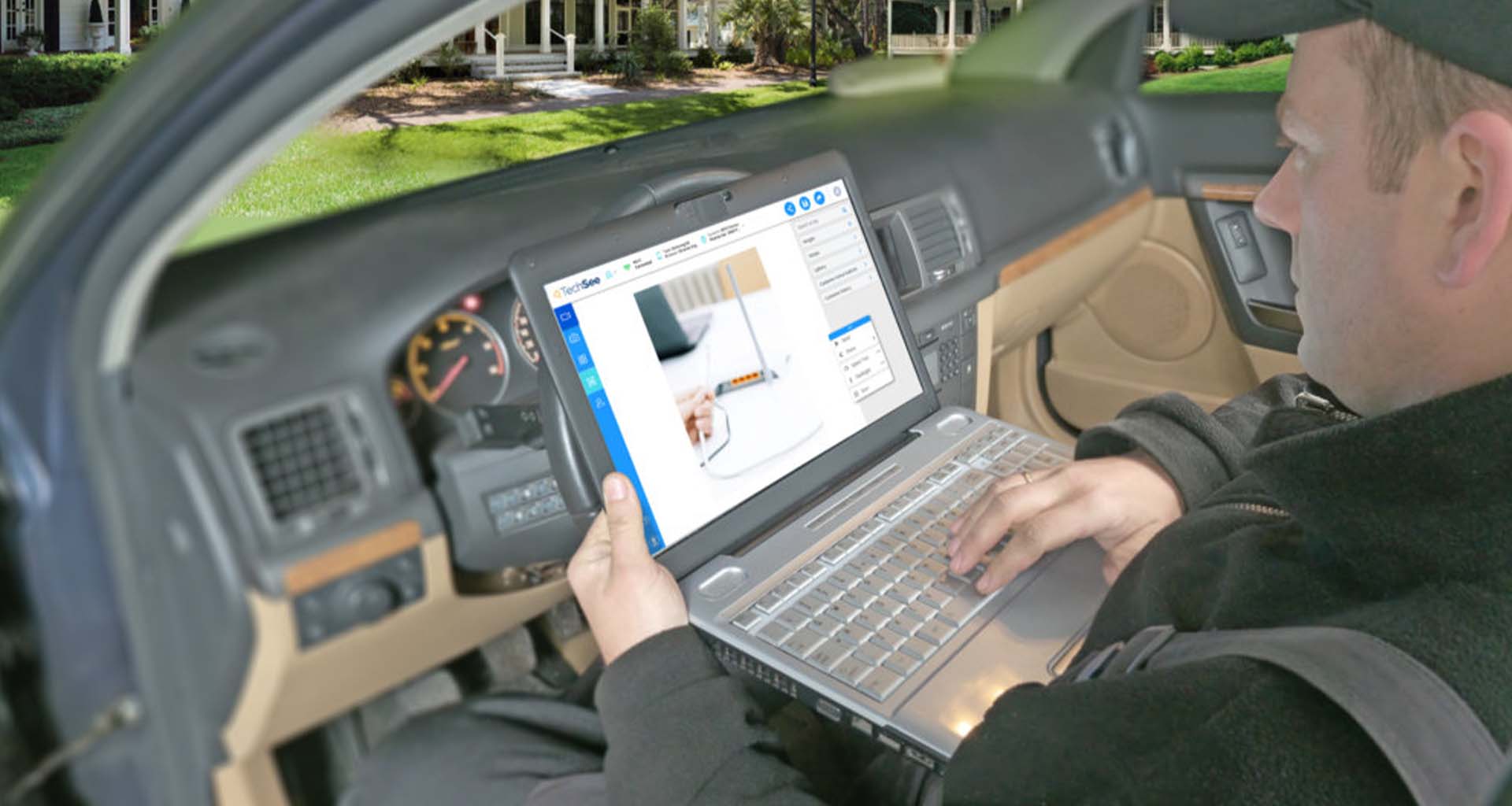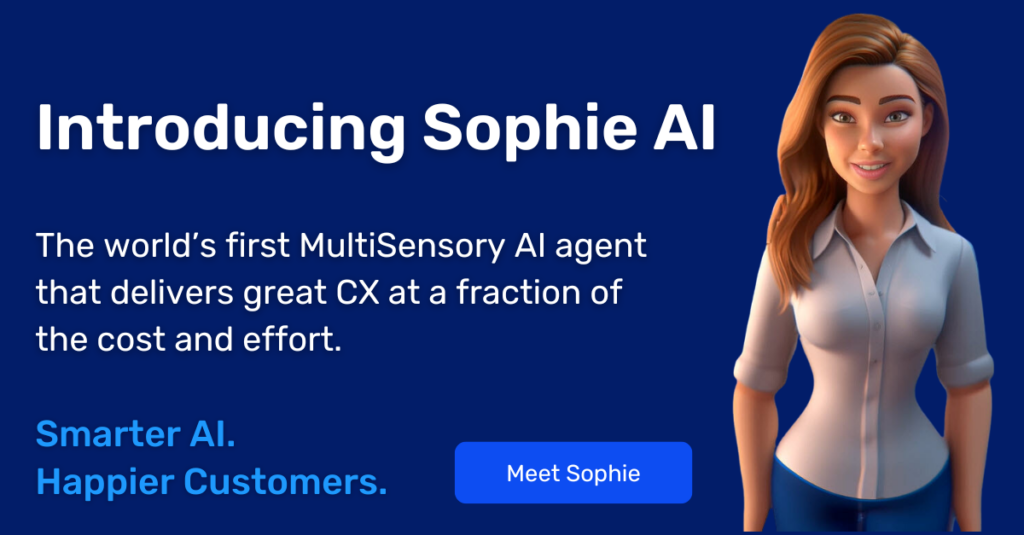Contents
Every company needs to continue providing uninterrupted service, even after the pandemic. Leading enterprises are recognizing more than ever the benefits of remote support for technicians to help complete their tasks. From utility companies and communication services providers to insurers and consumer electronics suppliers, businesses are still concerned with ensuring service delivery and protecting their most essential workers: field technicians. This has prompted many organizations to explore innovative technologies such as remote visual assistance, which lead to a a third challenge: working out how to choose the right remote support software for technicians.
Why A Remote Support Visual Solution in Field Service is so Essential
We are left with some effects and new habits from the pandemic. Being serviced at a distance and being able to resolve issues remotely is one of them. Scenarios still arise where a technicians will require remote support software. For example, a technician might need to deliver a piece of equipment to a customer’s home and then carry out a Visual Assistance session from inside his vehicle. In other scenarios, as in 5G roll out, a field technician might need real-time remote support from a supervisor or colleague to ensure a job is carried out properly. What ever the case might be, field service organizations are urgently seeking to adopt remote support software for technicians and need to evaluate their available options before completing the purchase and implementation processes at speed.
What to Consider When Choosing A Remote Visual Support Solution: 5 Essential Questions
In a dynamic, rapidly evolving situation, traditional priorities and processes change fast. This quick guide is designed to define the main considerations for any field service organization looking to deploy effective remote support software for technicians at the present time.
1. Is the remote support solution quick to implement?
Under normal circumstances, the journey toward implementing the right solution can take several months or more. Right now, enterprises such as Verizon are demanding deployment within one or two days. That naturally leads them toward a SaaS solution that can go live in under 24 hours. The proven implementation capabilities of the vendor are therefore a critical consideration.
2. What are the device and system requirements of the solution?
Visual Assistance sessions are traditionally carried out by contact center agents on desktop PCs. However, the current crisis often means technicians have to provide remote support from tablets while in the field or from their homes. Checking the device and system requirements of a solution is therefore an essential part of the decision-making process.
Another aspect of this question is the underlying technology of the solution. A browser-based live stream eliminates the need to download an app, simplifying the session initiation process and increasing adoption by employees and customers. In time-sensitive situations, this can be a key factor.
3. How simple to use is the solution?
Simplicity is crucial. At the best of times, companies have to ensure that even non-tech-savvy customers will be able to benefit from Visual Assistance. It can also take longer for veteran technicians to adopt and adapt to new digital tools. That’s why solutions that were initially developed for customer interactions have a clear advantage in the current climate – they’re designed for ease of use.
4. How quickly can users be trained?
Before the emergence of COVID-19, enterprises would often have the luxury of a long training period. Currently, however, they need to carry out remote training at scale, bringing thousands of technicians up to speed on session initiation, customer histories and AR guidance in a matter of hours. Companies need to evaluate whether a potential vendor is able to supply training and onboarding tools that can quickly be applied to their unique needs in the current situation.
5. What are the solution’s IT requirements?
When it comes to selecting the right Visual Assistance solution, leading organizations naturally require an enterprise-grade platform proven to support tens of thousands of employees, with the scalability to support more agents and end users in different geographic locations.
It’s also important to bear in mind that even in the current climate, regular IT and security requirements still apply. Companies need to determine whether a solution is aligned with privacy regulations, offers complete security through full end-to-end traffic encryption, and supports the browsers they’re using.
Many organizations are also seeking remote support software for technicians that integrates with their existing field service applications or platforms.
In Summary
Visual Assistance solutions have been around since the middle of the last decade. For most buyers, the core priority has always been reducing costs and enhancing productivity. The new reality created by COVID-19 is still with us, where both service delivery continuity and safety have also come to the fore.
The current pandemic may have reached an end, but lessons have been learned. Enterprises around the world have discovered the power of visual assistance for cutting operational costs and delivering the rapid response service that customers demand. Choosing the right vendor that can walk you through this difficult time is essential in terms of building the technological foundations of sustainable service delivery, whatever the future may hold.








